I try to write my posts as unbiased as possible and recommend the products I consider to be useful and the best. I use affiliate links, this means that–at no extra cost to you–I can make a commission on a purchase you make after clicking on them. As an Amazon Associate I earn from qualifying purchases.
How to Use a Dog Barking Collar Humanely
Choosing a dog barking collar seems like a simple task, but there are dozens of brands and types out there. Which one is the best to solve your barking dog problem? The answer will depend on your particular situation. A no bark dog collar can only help you if used appropriately and always along side a training program.
Anti-bark dog collars use punishment to teach your pet not to be loud. There are several reward or positive based training techniques that can help you solve your problem without the need to buy an expensive item to penalize your canine friend. These are more kind and effective methods.
As a positive dog trainer I recommend against the use of punishment. However, if you are reading this article, you are probably very frustrated and stressed about your dog’s incessant barking and I want to help you out. Are you fully decided on anti barking dog collars? Then, let us begin the review…
Some dogs should NEVER wear an anti-bark collar:
The first step to teach your dog to be quiet, is to figure out why your mongrel keeps yappity yapping. Is it fear, anxiety or stress? or maybe he is trying to alarm you of intruders (even if the intruder is a cat!), perhaps he just wants to get your attention and barking at you has always gotten him his wish? Boredom can also be the cause of his woofing.
|
Fearful, anxiety and stress barking will not be solved with a dog barking collar. Instead, your hound will become even more scared and there are usually two outcomes:
I have seen both kinds of reactions and neither one of them is pretty. If this is your case, please find a positive dog trainer in your area instead. You can also learn about dog body language and know how your dog is feeling. |
If your dog barks for other reasons, then a dog barking collar might be helpful for you.
Tips for best results with dog barking collars:
- Only buy collars with dual sensors: These only get activated when both, the bark sound and a throat vibration are picked by the device. These mostly prevents the collar from being activated by other dogs or external sounds. AVOID the cheap kind at all cost!
- Choose a dog barking collar with many levels of punishment: Each dog, just like each person, has different sensitivities to a shock, sound or smell (punishers). If the device can be set at different levels, you might be able to find the one to train your dog to stop barking.
- A warning signal before the aversive is preferred: Some collars emit a warning sound or vibration to alert the dog that they are about to be shocked. This allows the dog to stop barking and avoid the punishment. Eventually, dogs learn to become quiet at the warning sound. This reduces the times the animal gets shocked.
- No matter which collar you pick, you NEED to follow an anti-barking training program as well. This will speed learning and, in time, help you and your hound become independent of the collar.
Types of no bark dog collars
Any dog barking collar uses the same principles to stop your hound from barking. These devices sense noise and/or vibration near your pet’s throat and deliver an unpleasant signal. Because your hound doesn’t like the punishment eventually he stops barking.
There are three basic types of anti barking collars:
1 - Citronella dog collar: Upon barking the pooch receives a puff or spray of citronella near its nose, which is unpleasant to dogs. These collars need to be refilled with citronella periodically and if you have your hound wear it too often he might become accustomed to the smell (some dogs end up liking it!). Many canines don't have a problem with citronella to begin with, so this collar will not work for them. A citronella collar should not be used when the hound is alone in case the spray accidentally irritates his eyes. The advantage of citronella dog training collars is that they do not cause pain to your pet.
The following are Petsafe Citronella Spray Collars that have dual sensors, which is a key feature:
2 - Ultrasonic dog collar: When your canine friend barks, the collar emits a high-frequency sound that is upsetting and painful to the dog's ears. These collars are usually cheaper and do not need refills. However, because the punisher is noise, other household pets will suffer too. Humans can not hear it, so it won’t bother you, which means you also won’t know if it is working properly or not!
There are several choices, below you have a dual sensor collar and a single-sensor device that is not a collar. Remember that a single sensor might be activated with sounds that are not your canine barking. Because the device is not meant to be around your dog's neck, the sound might upset other animals as well.
3 - Dog shock collar: A barking dog will receive a mild shock around the neck, this is usually uncomfortable to the hound. These devices need to be properly set so the shock is neither too mild (it won’t bother your pooch and he won’t stop barking) nor too strong (the pain can make your dog aggressive or fearful). This type of collar is usually the most effective because the shock is usually uncomfortable to all dogs, unlike citronella and high-frequency sounds.
The following models have dual sensors:
Effective dog barking control:
dog barking collar + training
Putting a dog barking collar around your canine’s neck will not necessarily stop the problem. The use of along side training is a must to successfully teach your hound to be quiet and eventually stop using the collar altogether.
As I mentioned previously, you will need to figure out the reason why your pooch barks. When you know the reason, it is easier to train your mongrel to react in a different way instead of barking. For example, if your hound barks at the doorbell, ask him to sit before you open the door and reward him when he is quiet. With many repetitions he will learn to sit instead of bark. Useful dog training commands to teach your hound are quiet and settle.
Whenever you use punishment to train your dog, you must also reward the appropriate behavior. This is important because if you only say "no", your dog will find a different behavior that might not be appropriate either. By rewarding the correct response, you can successfully communicate what you want to your furry best friend.
Remember to pet, praise and treat your pooch for being quiet. Specially in the presence of the barking trigger.
Disadvantages of using electronic dog collars to keep in mind:
- Some dogs learn NOT to bark ONLY when the collar is on. This means your hound might be using the collar a looooong time.
- Other canines become extremely depressed because they are unable to express themselves or communicate.
- The use of punishment for training is the hardest technique because you might be accidentally teaching the animal to associate the punishment with something you did not intend to. For example, if your pooch wears a shock collar during walks, and he receives a shock every time he barks at another hound, he might think other dogs are the cause of the shock, not his barking. Now, instead of a barking problem you have an aggressive dog! And that is a lot harder to treat.
If you have questions or comments, please leave them in the box below and I can answer back.
Home > Stop Dog Barking > Dog Barking Collar
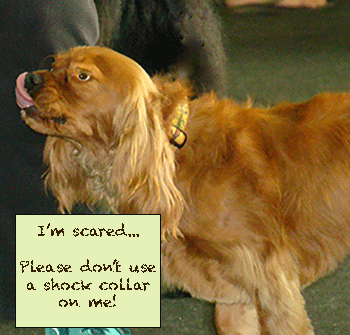
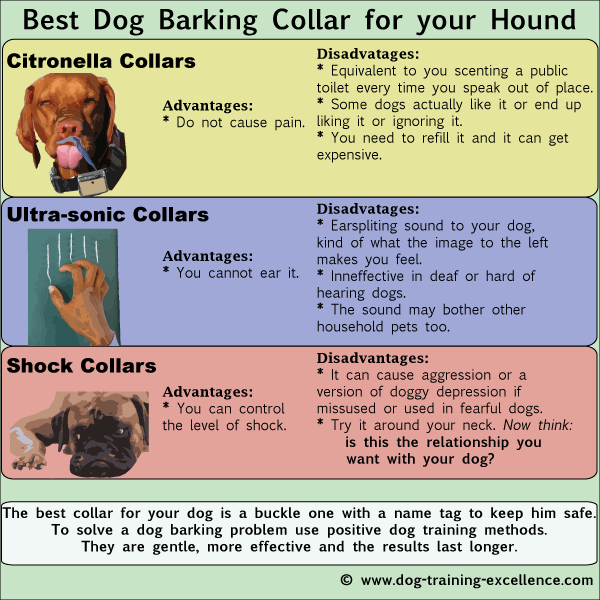
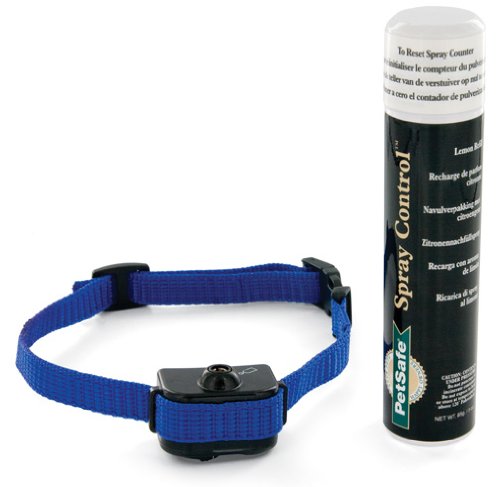
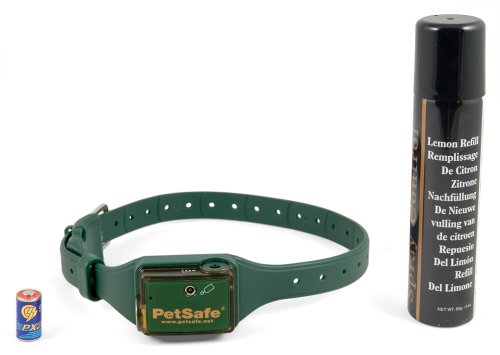
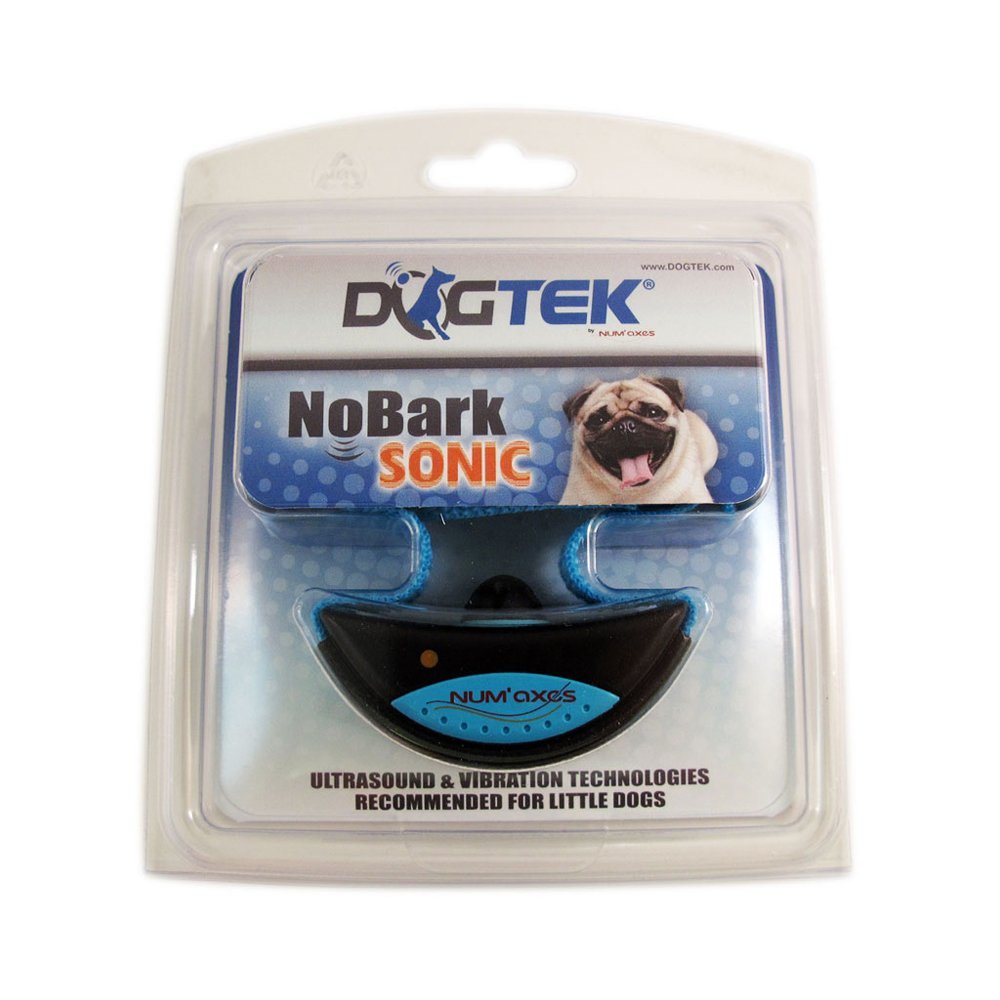
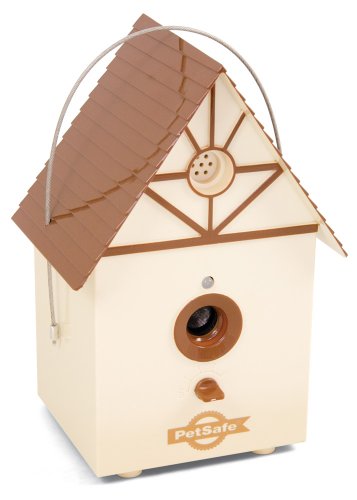
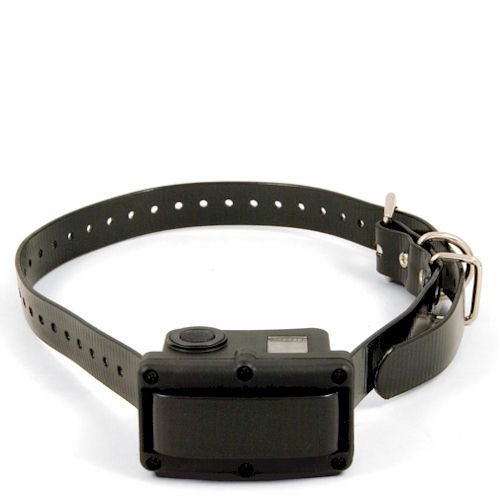
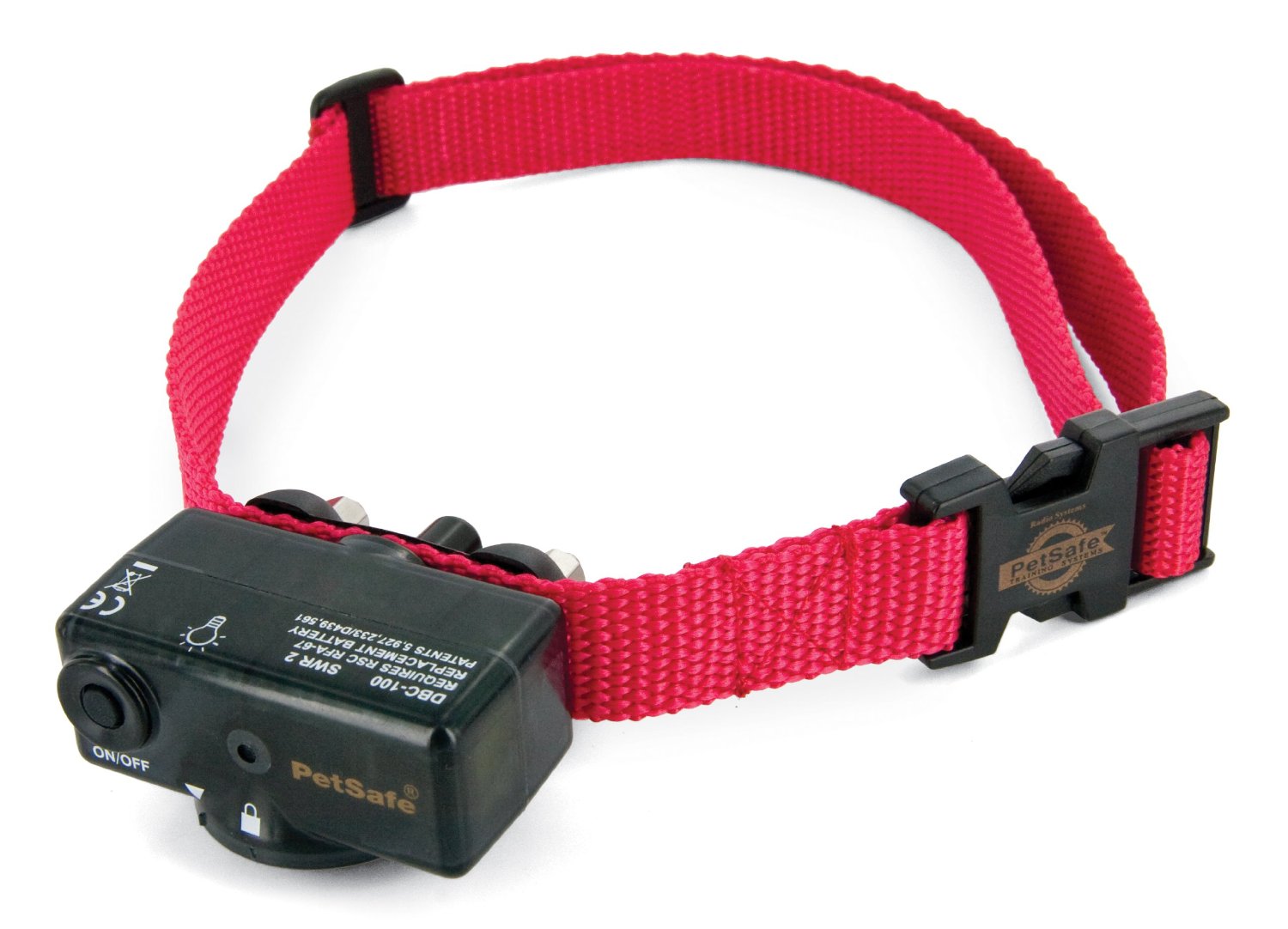

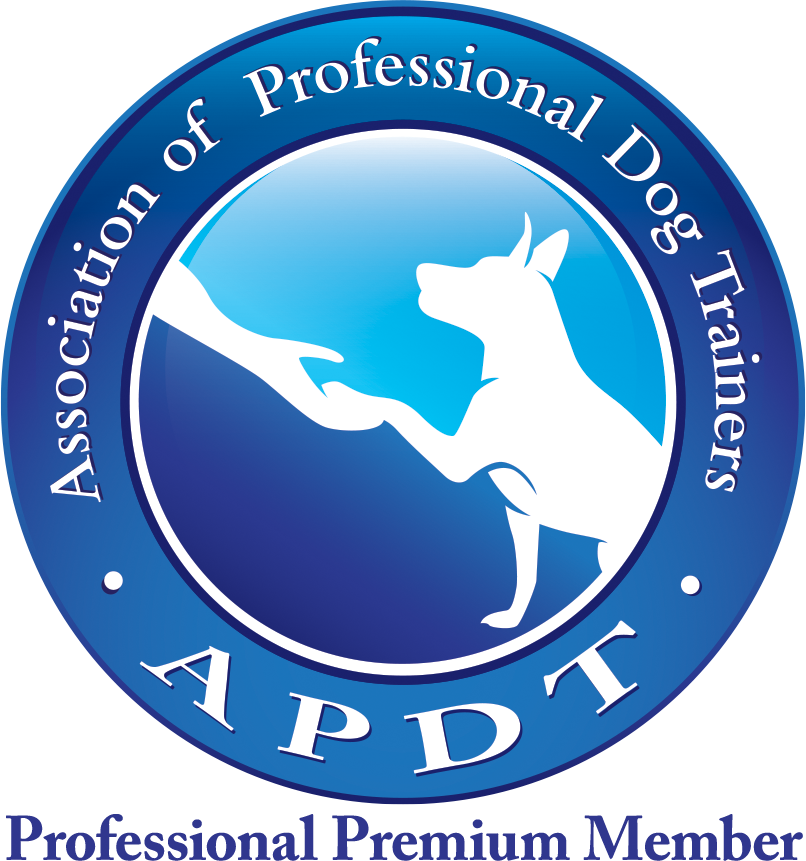


New! Comments
Questions? Anecdotes? Tips? Leave me a comment in the box below.